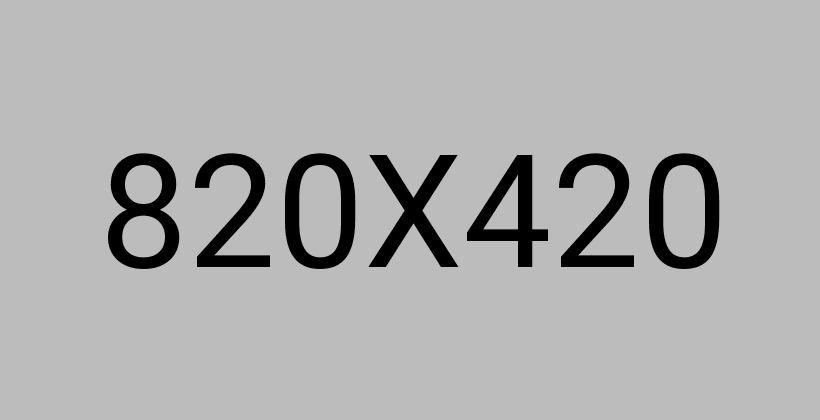Continuing the Journey: Mathematics Learning 2021 and Beyond
Presented by:
Trena Wilkerson,
Joleigh Honey,
Mona Toncheff,
Grades:
Moving forward into the 2021–2022 school year seems like a daunting task. Supporting mathematics students and teachers involves rethinking our priorities and resources given all the disruptions and challenges associated with last school year.
How do we attend to perceived potential learning and opportunity gaps? How do we foster social and emotional well-being and cultivate a safe learning environment? How can we best understand and value the varied learning each of our students has experienced during the past school year?
“Continuing the Journey: Mathematics Learning 2021 and Beyond”provides leaders and teachers considerations, questions, and potential solutions to address challenges revealed by the COVID-19 pandemic. “Continuing the Journey” addresses three key areas that have implications for equitable access to high-quality mathematics teaching and learning: (1) a focus on grade-level content; (2) instruction through equitable, effective teaching practices; and (3) planning for advocacy.
“Continuing the Journey: Mathematics Learning 2021 and Beyond”will be released by the end of July and is the combined effort of the Association of State Supervisors of Mathematics (ASSM), NCSM: Leadership in Mathematics Education (NCSM), and the National Council of Teachers of Mathematics (NCTM).
Join us to learn more, share, and continue and sustain our journeys.
